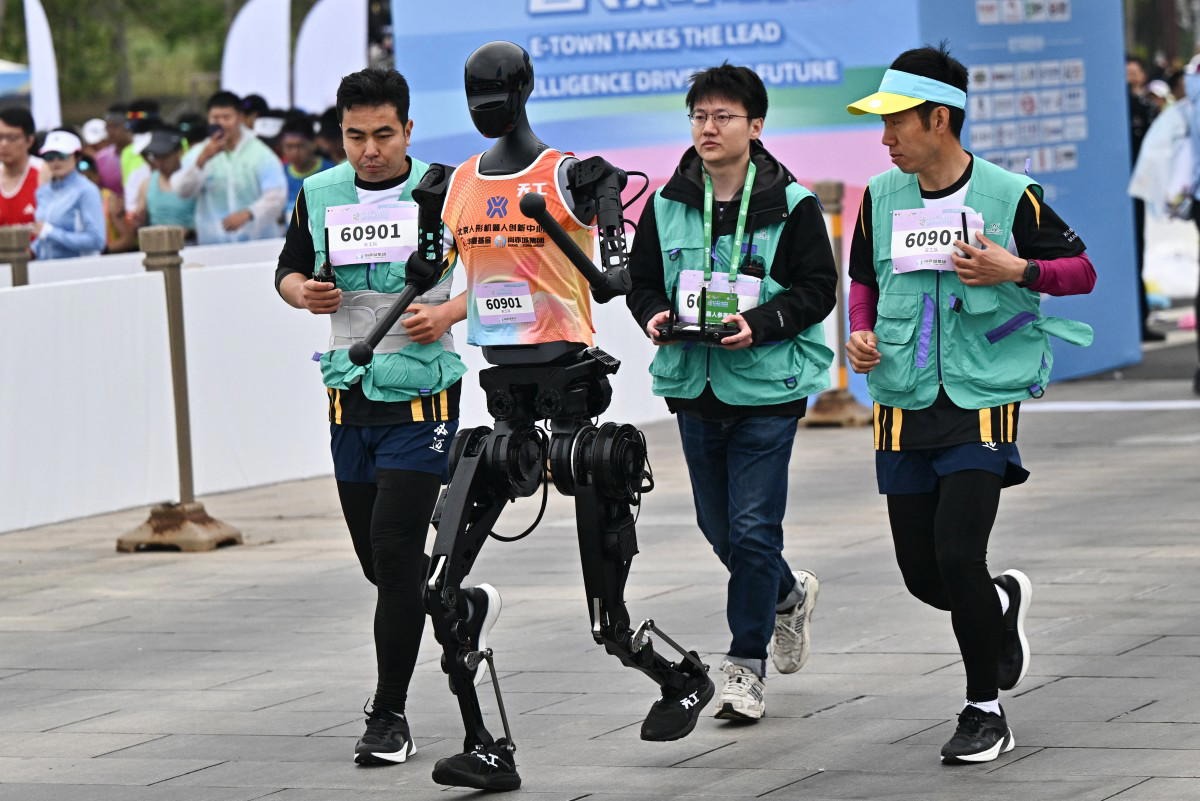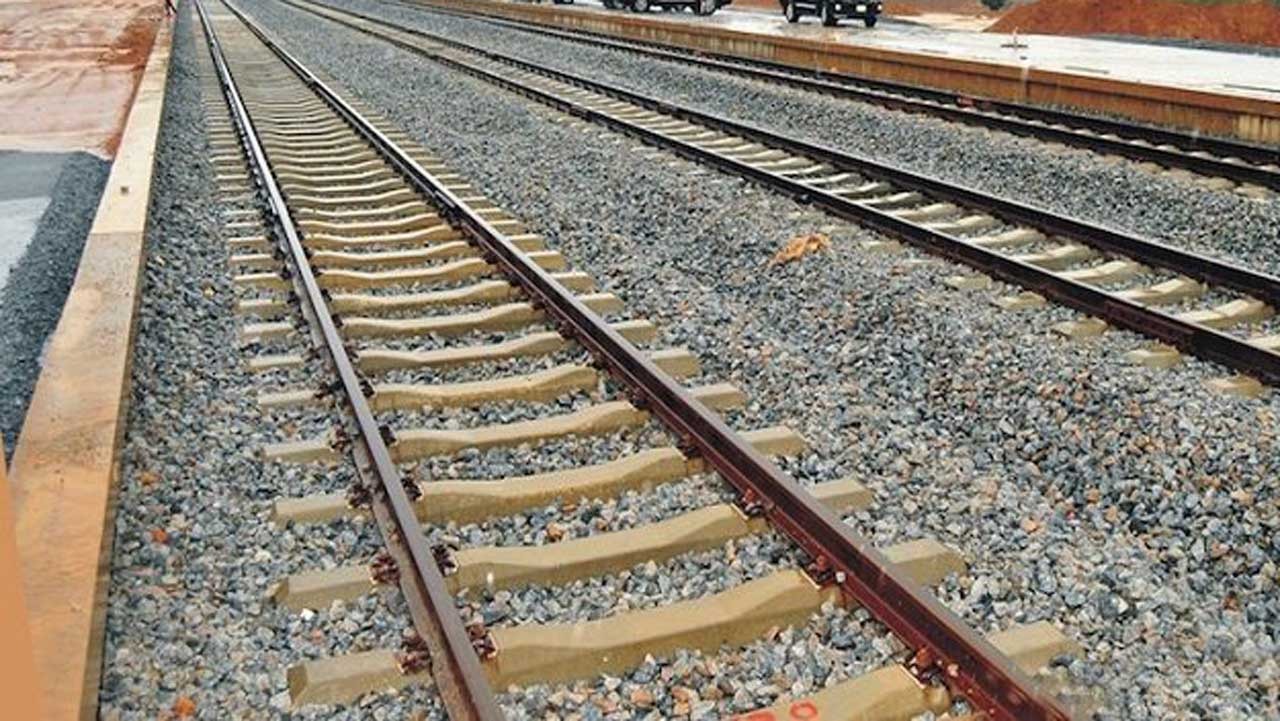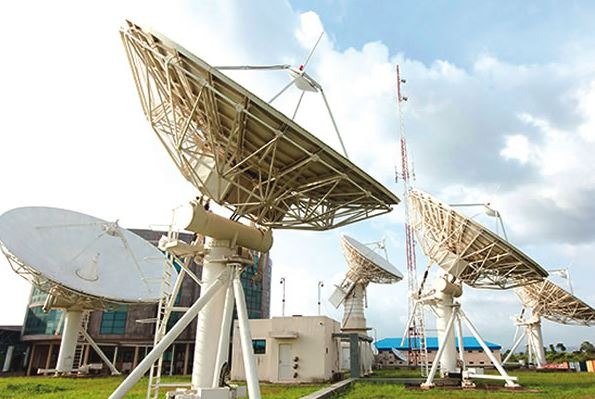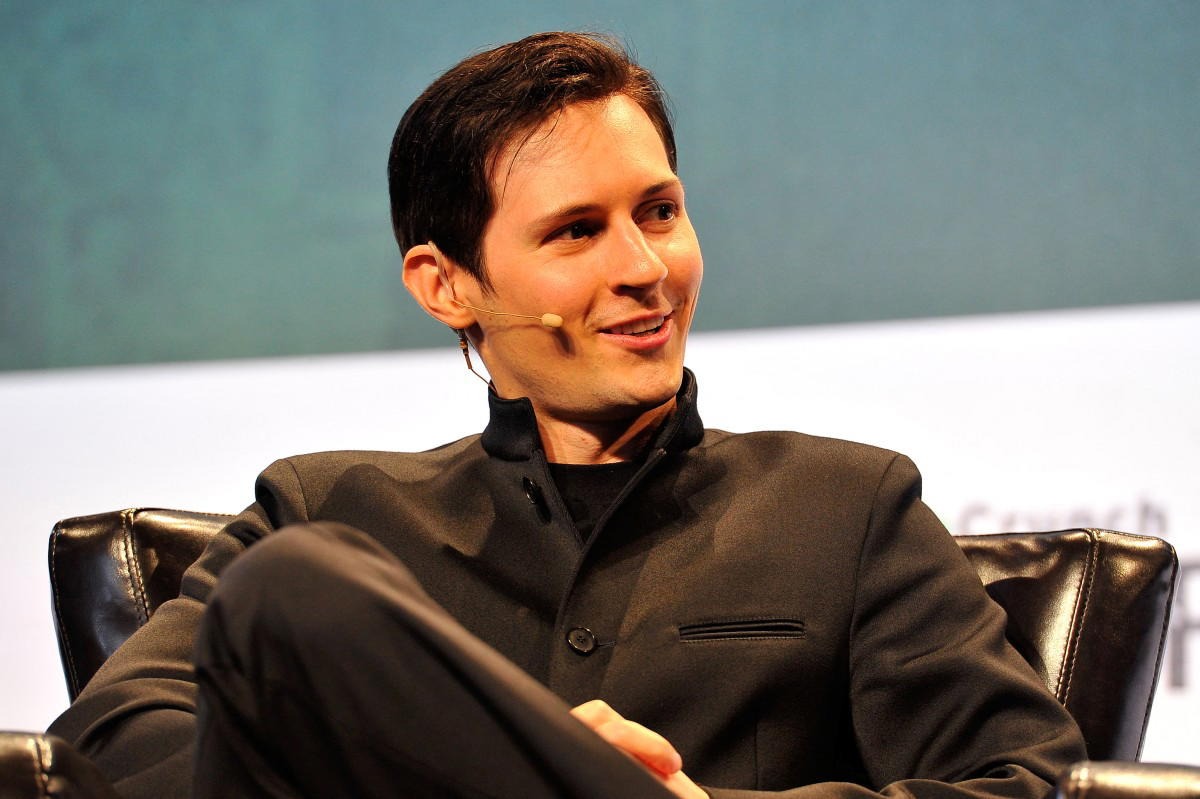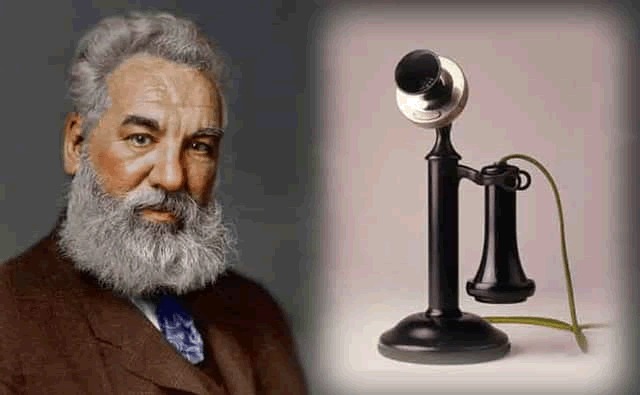It’s no secret that waistlines often expand in middle-age, but the problem isn’t strictly cosmetic. Belly fat accelerates aging and slows down metabolism, increasing risk for developing diabetes, heart problems and other chronic diseases. Now preclinical research by City of Hope, one of the largest and most advanced cancer research and treatment organizations in the …

